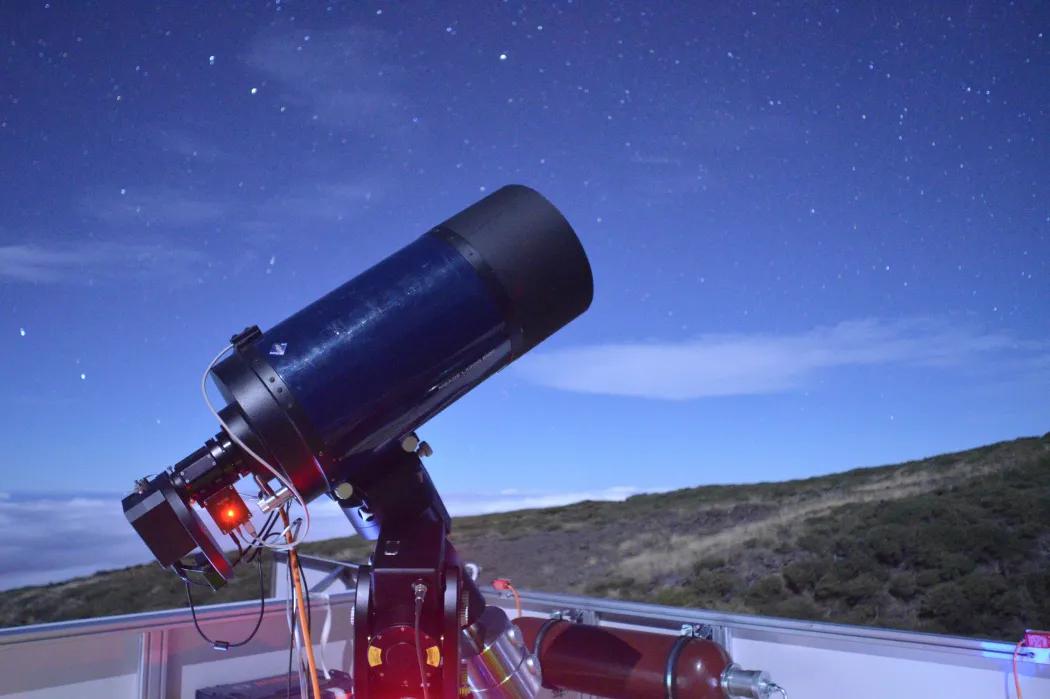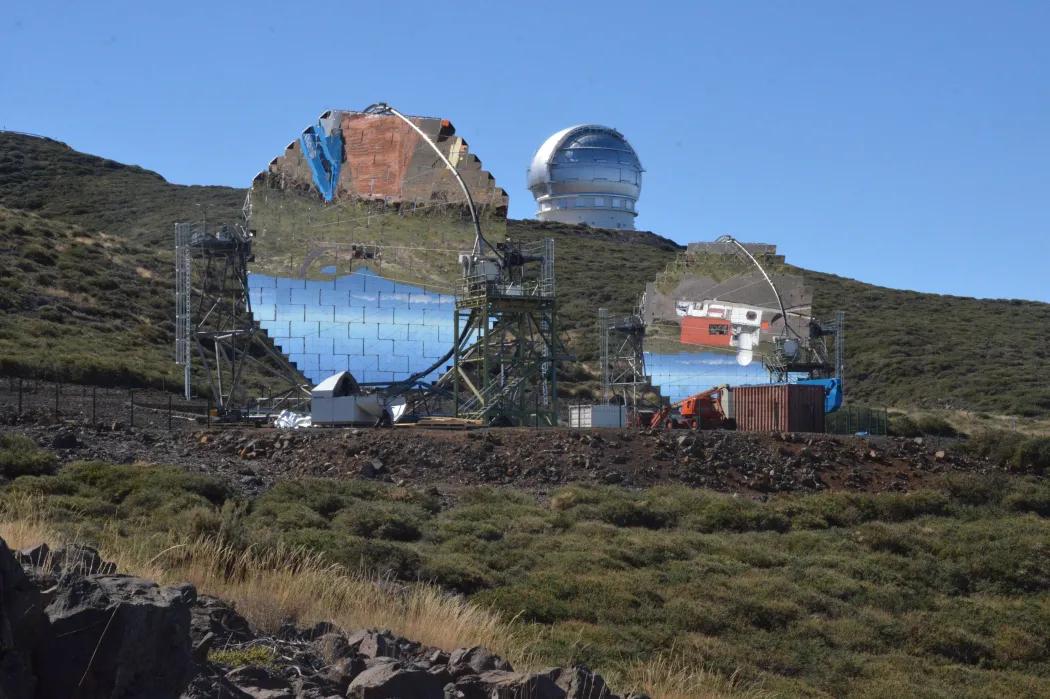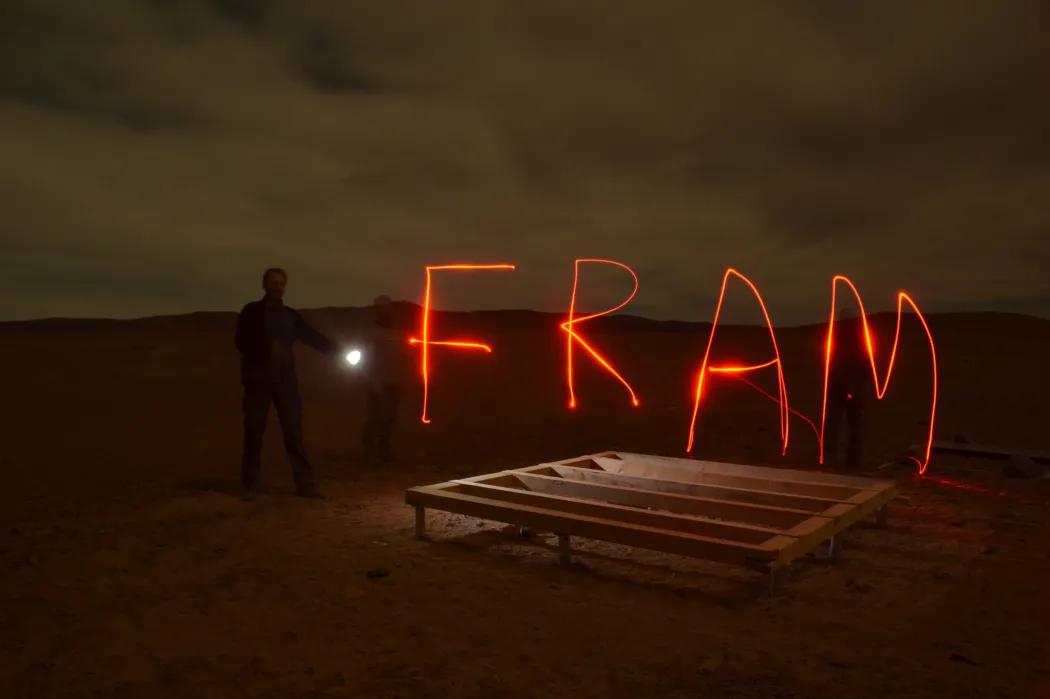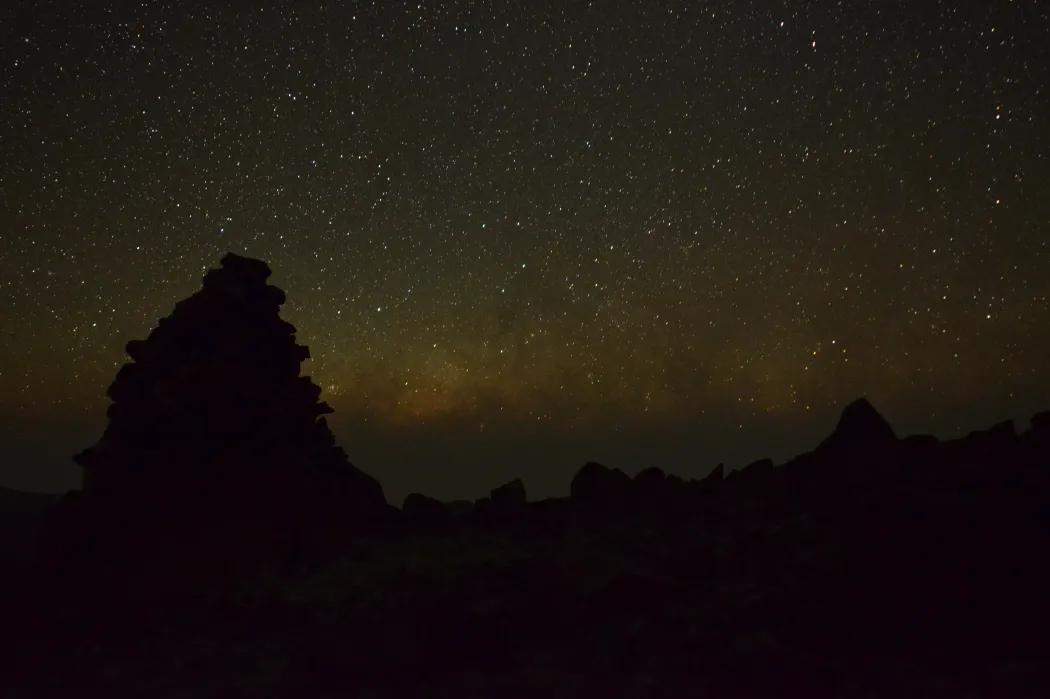Latest observation by GRANDMA network allows scientists to set limits on specific astrophysical phenomena. Astronomers were looking for gravitational waves to see events invisible to optical and radio telescopes.
Scientist did not find any viable kilonova candidates corresponding to the optical emission of a gravitational wave signal source during their observation. However, this allowed them to set limits on what the kilonova could have looked like, given that they must have been too faint to be present in images taken by used telescopes.
The results of this investigation are now being published in a dedicated article in Monthly Notices of the Royal Astronomical Society (MNRAS), one of the most impacted astronomical journals.
The GRANDMA network developed also a unique citizen science program for non-professional astronomers. They can contribute with their capabilities to the scientific observation of 25 telescopes of different sizes united in the collaboration.
The group of scientist from the Institute of Physics joined the Global Rapid Advanced Network Devoted to the Multi-messenger Addicts (GRANDMA) in September 2019. Since then they thoroughly inspected the sky localization regions of more than 20 gravitational wave events, looking for any optical object that was not there before – and thus may potentially be a kilonova signal (that is a thermal quasi-isotropic emission due to radioactivity decay of freshly synthetized elements in a neutron rich environment around a merged neutron stars).
The Czech group developed a dedicated pipeline to do so, and applied it to process hundreds of sky images taken by the two telescopes, located in Argentina and on Canary Islands. And though their telescopes are not too big (just a 30 and 25 centimeters in diameter), they are reacting very fast to the incoming alerts the purpose of identifying and characterising counterparts, and start to observe the positions of transients in the first minutes to hours after their onset while they may still be bright.
The collaboration of 29 institutions and groups from twelve countries uses the geographic diversity of twelve countries for having a decent chance of observing during the night following the detection. Due to factors such as portions of the sky being low on the horizon or simply behind the Sun, the possibility of observing from a certain location may be different than others. It is also not uncommon for events to only be observable from either the Northern or the Southern Hemisphere. These contingencies demonstrate the utility of coordinating network-level telescope observations to obtain large coverage of the localisations.
Institute of Physics has a long history of hunting for the most energetic transient events in the Universe. With its robotic FRAM telescope, it was among the pioneers of observing early time optical emission from enigmatic gamma-ray bursts, regularly following up the alerts sent by the gamma-ray satellites in Earth orbit since 2005. And though nowadays the main task of FRAM telescopes is the atmospheric monitoring and real-time extinction and aerosol measurements for largest ground-based gamma-ray observatories (Pierre Auger Observatory and Cherenkov Telescope Array), they still continue to hunt for variable astrophysical objects of various types, from comets and asteroids to variable stars and gamma-ray bursts.
Contact: Sergey Karpov




